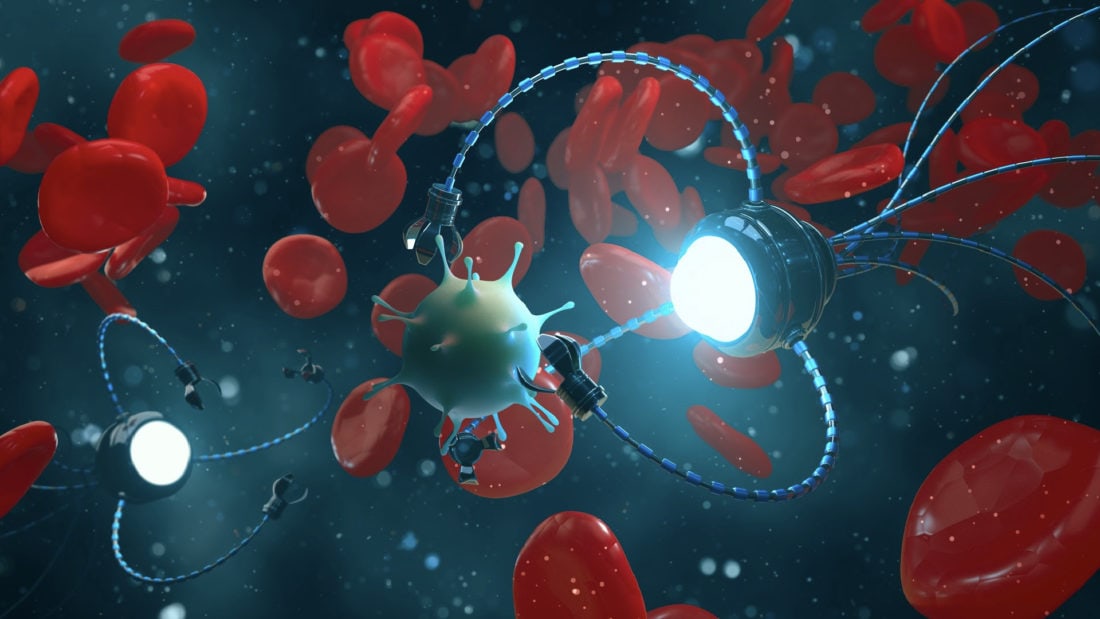This week, a research team of roboticists and scientists published their recipe for making a new lifeform called xenobots from stem cells. The term “xeno” comes from the frog cells (Xenopus laevis) used to make them.
One of the researchers described the creation as “neither a traditional robot nor a known species of animal”, but a “new class of artifact: a living, programmable organism”.
Xenobots are less than 1mm long and made of 500-1000 living cells. They have various simple shapes, including some with squat “legs”. They can propel themselves in linear or circular directions, join together to act collectively, and move small objects. Using their own cellular energy, they can live up to 10 days.
While these “reconfigurable biomachines” could vastly improve human, animal, and environmental health, they raise legal and ethical concerns.
Some argue artificially making living things is unnatural, hubristic, or involves “playing God”. A more compelling concern is that of unintended or malicious use, as we have seen with technologies in fields including nuclear physics, chemistry, biology and AI.
For instance, xenobots might be used for hostile biological purposes prohibited under international law. More advanced future xenobots, especially ones that live longer and reproduce, could potentially “malfunction” and go rogue, and out-compete other species.
For complex tasks, xenobots may need sensory and nervous systems, possibly resulting in their sentience. A sentient programmed organism would raise additional ethical questions. Last year, the revival of a disembodied pig brain elicited concerns about different species’ suffering.








